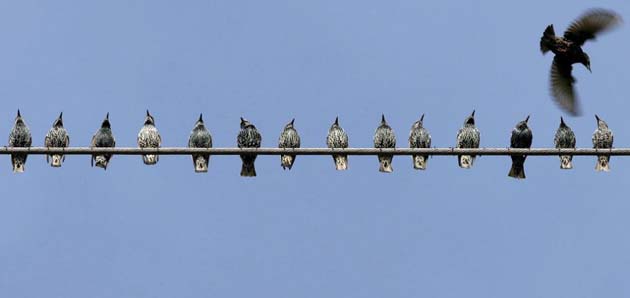
Ah, they're back. One day, you're out in the yard and you see something peeking out from beneath the leaves:

To the right, ghostly forms pop up from the ground. You catch them uncurling:

Like a scene from a horror movie, you look around, and spy groups of these creatures rising up from the ground on all sides of you:


The wind through the dead trees seems to whisper, "Indian Pipes..." And that is what they are. I feel like there must be a comparatively large flurry of fingers typing out inquiries on Google each spring and summer as these flowers pop up out of the ground. That is precisely what I did last year when I first noticed them around the edge of our property. I'm sure a number of people initially think they must be a fungus of some sort. They sprout their fruiting bodies seemingly out of nowhere in soil growing little of anything. And most noticeably, they are stark white with flecks of black. No calming green. No bright flowers. Yet plants they are.
A quick aside about the name. I'm not sure how offensive it may or may not be to some people. Other names for Indian Pipes (Monotropa uniflora) are Ghost Plant or Corpse Plant. I like the spookiness of "ghost" and "corpse", but I also like the physical descriptor "Pipes". Maybe Ghost Pipes. It's too bad that Dead Man's Fingers is taken (by a few things apparently), that would be sweet. "Yeah, just pulled some Dead Man's Fingers out of my yard today. They keep coming back every year. Why am I cursed so!"
So anyway. Indian Pipes. Not fungus, plants. But intimate with fungus. Parasitizes fungus. Eats fungus (in a way). The fungus it grows on is itself tied intricately with the roots of trees, but not in a parasitic way. The fungus helps the tree get the phosphorus it needs and the tree provides the fungus with sugars from photosynthesis. The Indian Pipes take as much of everything the fungus has and so are considered epiparasites of the tree, since they cause it to work harder to support the fungus. Since they get their nutrients from the fungus, they have no need to produce chlorophyll, hence stark white with black flecks. I might try to mark where they're growing and dig a couple up to see what happens in the winter, when the flowery stalks in the pictures are long gone and I can see them in their ... true form. So there you go: non-invasive, parasitic, stark white ghoul flower that I'm excited to see every year now. You are STUCK with this knowledge.

Please also visit Tom Volk's excellent fungus website, where Indian Pipes made "Fungus" of the Month.
Plantae (Plants)
Angiospermae (Flowering Plants)
Ericales (Smaller group of Flowering Plants)
Ericaceae (Heathers)
Monotropa uniflora - Indian Pipes
Angiospermae (Flowering Plants)
Ericales (Smaller group of Flowering Plants)
Ericaceae (Heathers)
Monotropa uniflora - Indian Pipes
photos © 2009 Bennet Porter












